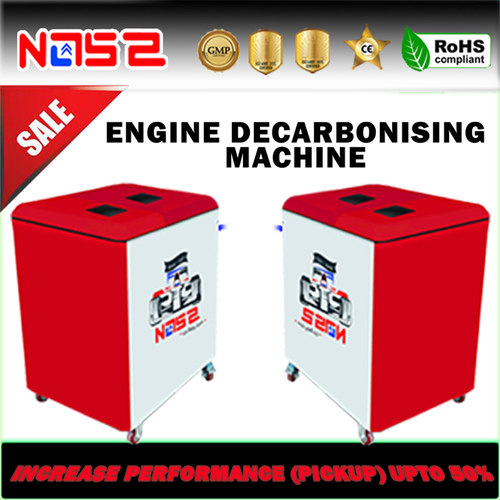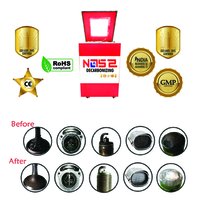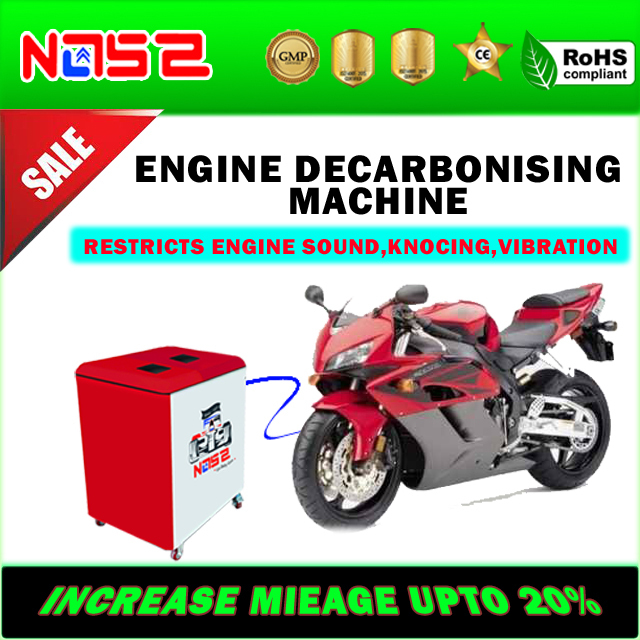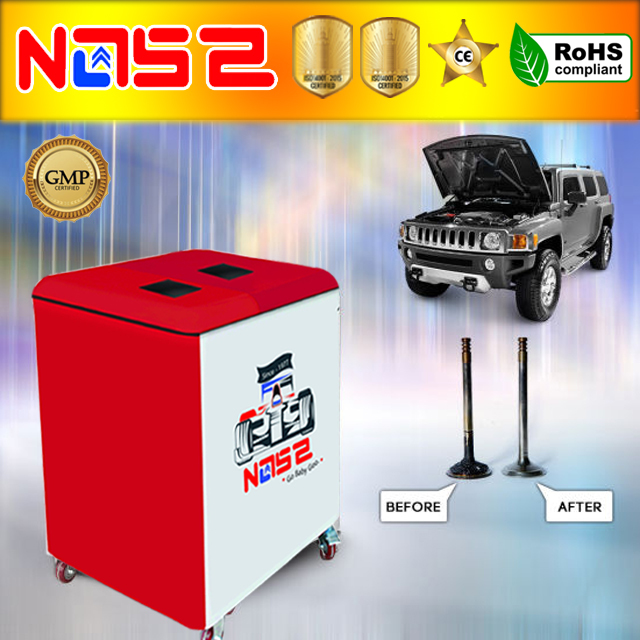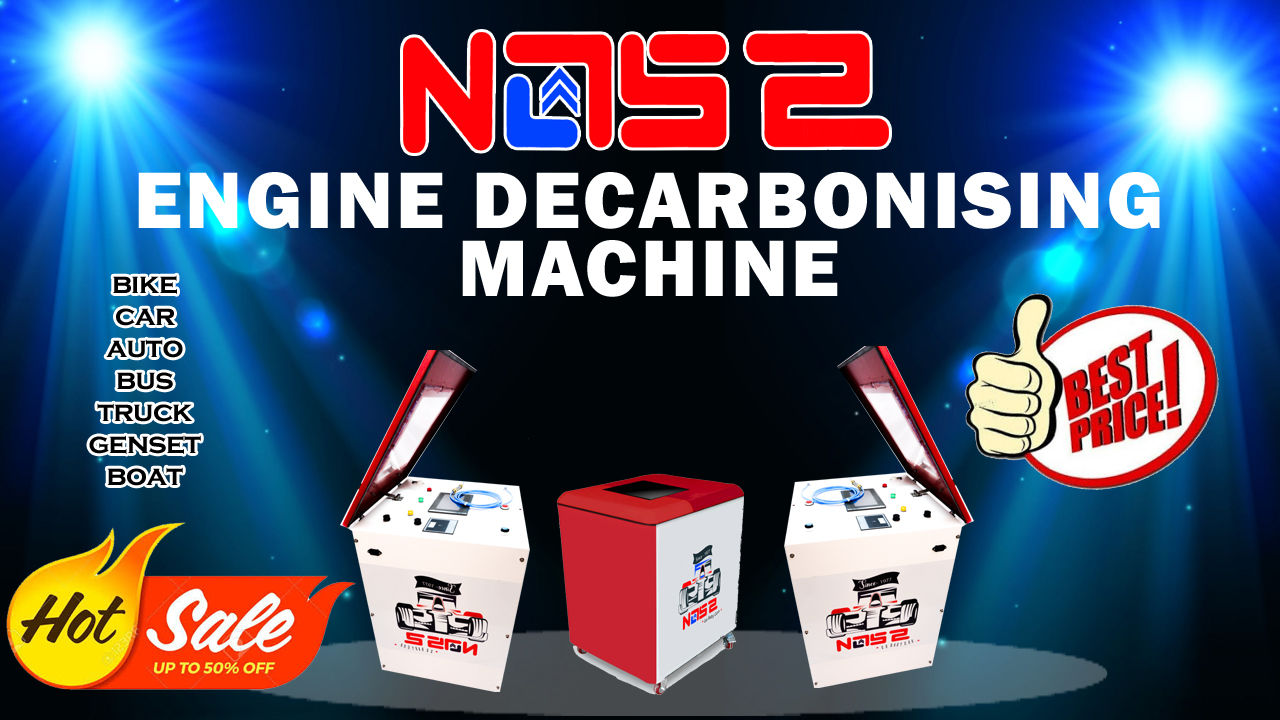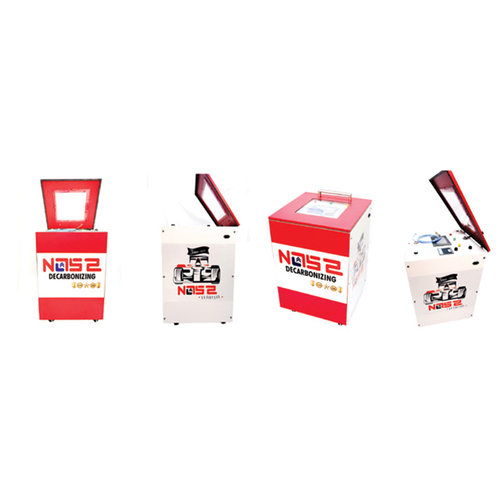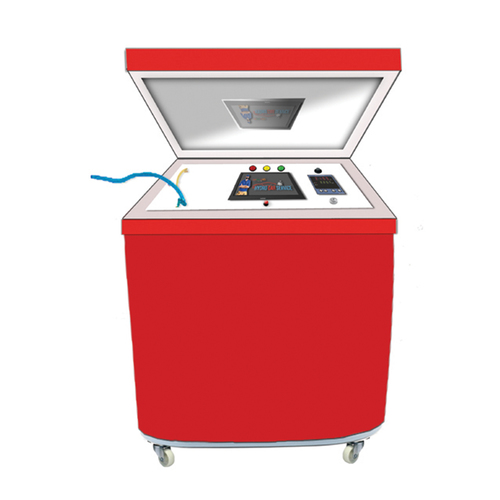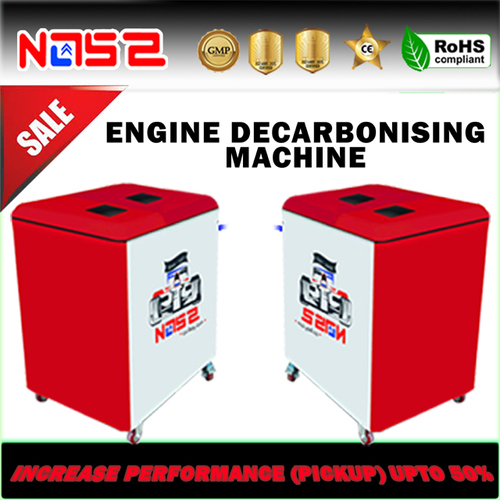Engine Carbon Cleaner
50000 INR/Piece
Product Details:
- Weight 100 kg Kilograms (kg)
- Color Red With White
- Usage Carbon Cleaning
- Height 31 Inch (in)
- Product Type Cleaning Machine
- Width 22 Inch (in)
- Material Metal
- Click to View more
X
Engine Carbon Cleaner Price And Quantity
- 1 Piece
- 50000 INR/Piece
Engine Carbon Cleaner Product Specifications
- 31 Inch (in)
- 22 Inch (in)
- Cleaning Machine
- 110/220/230 Volt (v)
- Diesel
- 100 kg Kilograms (kg)
- Cleaning Equipment Parts
- Red With White
- Carbon Cleaning
- Metal
- New
Engine Carbon Cleaner Trade Information
- Telegraphic Transfer (T/T) Cash in Advance (CID) Cheque Cash Advance (CA)
- 100 Piece Per Month
- 20 Days
- Wooden Box
- Australia Eastern Europe Middle East Asia North America South America Western Europe Africa Central America
- All India
- ISO 9001:2015, ISO 14001:2015, GMP, CE, ROHS
Product Description
Engine carbon cleaning is a process aimed at removing carbon deposits that accumulate inside an engine over time. These deposits can build up on various engine components such as intake valves, fuel injectors, combustion chambers, and exhaust systems. Carbon buildup can negatively affect engine performance, fuel efficiency, and emissions levels.
There are several methods for performing engine carbon cleaning:
1. Chemical cleaners: These are additives mixed with fuel or oil that claim to dissolve carbon deposits as the engine operates. They are relatively inexpensive and easy to use but may not be as effective as other methods, especially for heavy carbon buildup.
2. Manual cleaning: This involves physically removing carbon deposits using brushes, scrapers, or specialized tools. It's a labor-intensive process typically performed during engine maintenance or overhaul.
3. Hydrogen/oxygen cleaning: This method involves introducing a mixture of hydrogen and oxygen into the engine's intake system, which reacts with carbon deposits to break them down into gaseous form. This process is often carried out by specialized equipment and service providers.
4. Walnut blasting: This technique utilizes finely crushed walnut shells blasted under high pressure into the intake system to remove carbon buildup on intake valves and ports. It's an effective method commonly used in direct-injection engines.
5. Carbon cleaning machines: These are specialized machines that use various techniques such as hydrogen/oxygen gas, foam, or other solvents to clean carbon deposits from engine components. They are often used by professional mechanics and service centers.
Other Products in 'Decarbonizing Machine' category
Back to top

